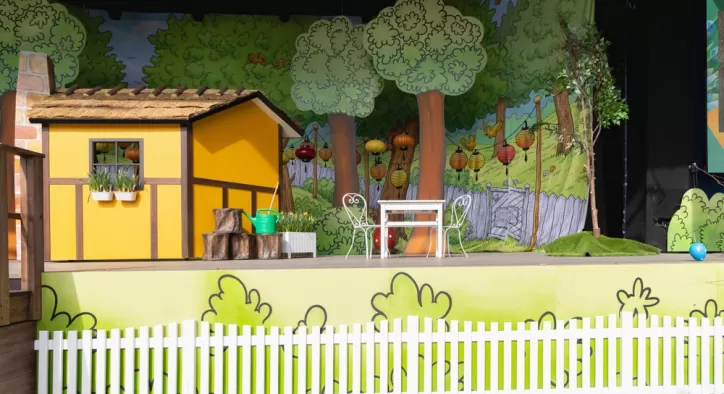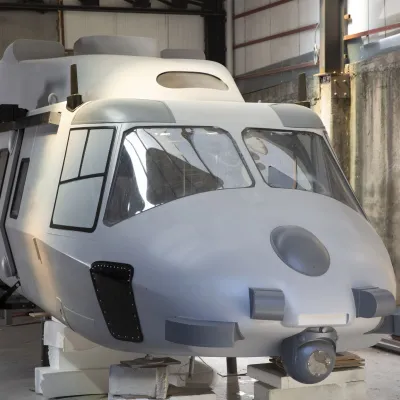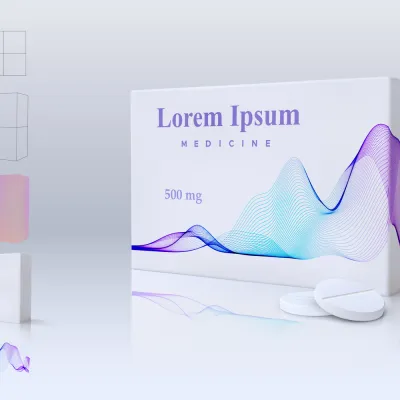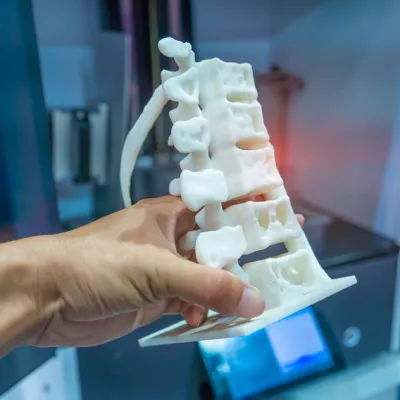- Konu Başlıkları
- Stage Design: Create the Visual Identity of Events
- Stage Design: Where Creativity and Strategy Meet
- Stage Design and Event Needs
- Basic Elements Used in Stage Design
- Lighting and Use of Color - Stage Decor Design
- Area Usage - Stage Decor Design
- Areas of Use of Stage Design - Stage Decor Design
- 1. Event Decoration: Visual Identity of the Organization
- 2. Launch Decoration: Visual Identity of Brands
- 3. Theater and Performances: Designs that Reflect the Spirit of the Story
- Stage Design and New Technologies
- Combine Creativity and Function in Stage Design
Stage Design: Create the Visual Identity of Events
Stage design plays a critical role in creating the visual identity of an event and impressing attendees. This process, where every detail is carefully considered and every element has a meaning, reflects not only the visuality but also the purpose and spirit of the event. Stage design determines the atmosphere of the stage in accordance with the theme of the event and ensures that the audience has an unforgettable experience. A launch, a theater show or an organization each needs its own stage decor and design.
In this article, we will examine in detail the stage design process, the materials used, the creative aspects of design and how it makes a difference in events.
[widget-131]
Stage Design: Where Creativity and Strategy Meet
Stage design, made by decor manufacturers, is an art that directs the entire perception of the audience beyond just creating a background. The sensory experience of the audience is shaped with design elements suitable for the content of the event or performance. Stage decoration, event decoration or launch decoration each has special requirements and each requires different design approaches. Here are the basic points you need to know about stage design:
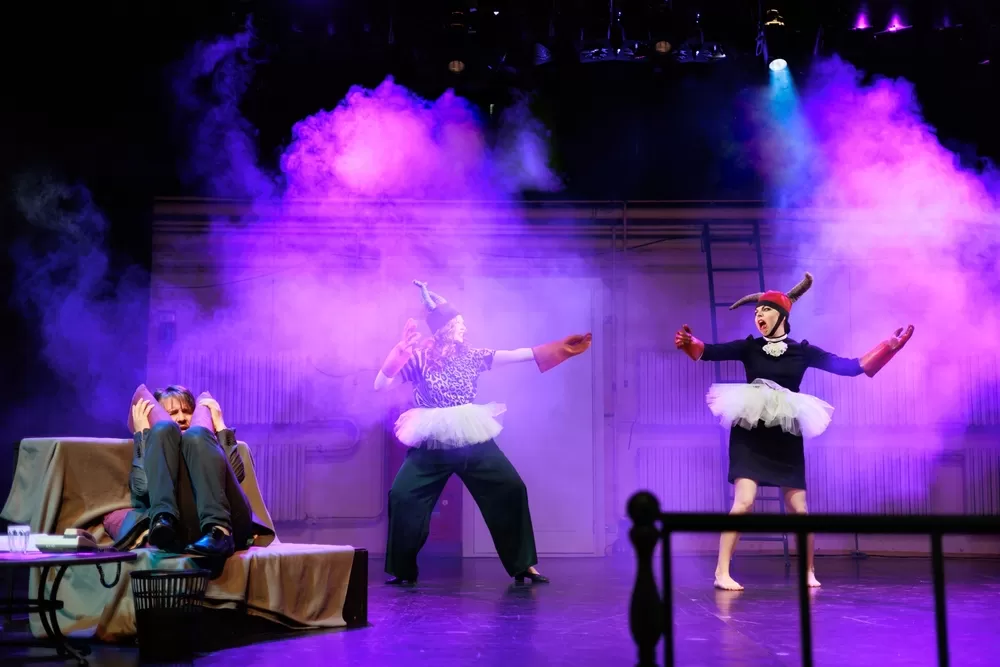
Stage Design and Event Needs
The main purpose of stage design is to create a harmonious experience by presenting all the elements of the event together. A different stage design is required for each type of event. For example, while an organized event decor requires a more dynamic and dynamic structure, a launch decor usually expects a stylish and professional design. Stage decor design is shaped according to the concept of the event or performance.
Basic Elements Used in Stage Design
Stage decor is directly related to the material used. Different materials such as wood, metal, glass, fabric and plastic affect the appearance and functionality of the design. With the development of 3D printing technology, stage decor design has now become more flexible and can be produced quickly.
Lighting and Use of Color - Stage Decor Design
Lighting determines the atmosphere of the stage, both increasing visuality and reflecting the spirit of the story. Colors, on the other hand, create the warmth or coldness of the environment and the emotional effect. A good stage decor design requires the harmonious use of light and colors.
Area Usage - Stage Decor Design
Stage design is usually done on a limited area and therefore every detail must be used efficiently. The design of the space determines how the audience will perceive the stage and how much they will interact.
Areas of Use of Stage Design - Stage Decor Design
Stage design is used in a wide range of areas from events to theater shows. The stage decoration in each area carries a different purpose and visual identity. Here are the areas where stage design is used the most:
1. Event Decoration: Visual Identity of the Organization
In events, event decoration design is the main way to convey the brand's message and the purpose of the event to the audience in the most effective way. Organization decoration, such as an opening, a meeting or an award ceremony, becomes more effective by utilizing the power of stage design. Stage decoration is an important tool to impress the participants and perfectly reflects the theme of the events.
2. Launch Decoration: Visual Identity of Brands
A launch decoration is designed to convey a strong visual message to the audience when a brand introduces a new product to the market. In such events, stage design is supported by visual elements that reflect the brand's personality and the product or service it offers. In this process, the brand's message is embodied on stage by using the right color palettes, shapes and figures.
3. Theater and Performances: Designs that Reflect the Spirit of the Story
Theater decor creates the visual identity of the scenes and conveys the story to the audience in the best way. Each stage design is carefully prepared to emphasize the depth of the characters and events. Stage decor design creates space for the actors to move, while allowing the audience to emotionally participate in the story. Emotional connection is at the forefront in this type of organization decor.

Stage Design and New Technologies
With the development of technology, stage design is now done not only with traditional techniques but also with digital tools and software. Technologies such as 3D modeling, digital printing and interactive screens make stage design more effective and flexible. Such innovative solutions both reduce costs and enable the design to be realized quickly.
[widget-136]
Combine Creativity and Function in Stage Design
Stage design is an indispensable element for every event and performance. Stage design is an important tool that best conveys visuality and aesthetics to the audience. No matter what the event is, everything can be presented in perfect harmony with the right stage design. Behind this entire creative process, time and effort are spent to create detailed and meaningful stage decor design that are suitable for the purpose of the event. As Erlas, one of the best stage manufacturers, we work with you in every project and offer creative and effective stage designs, thus ensuring that an unforgettable experience is created at every event.

